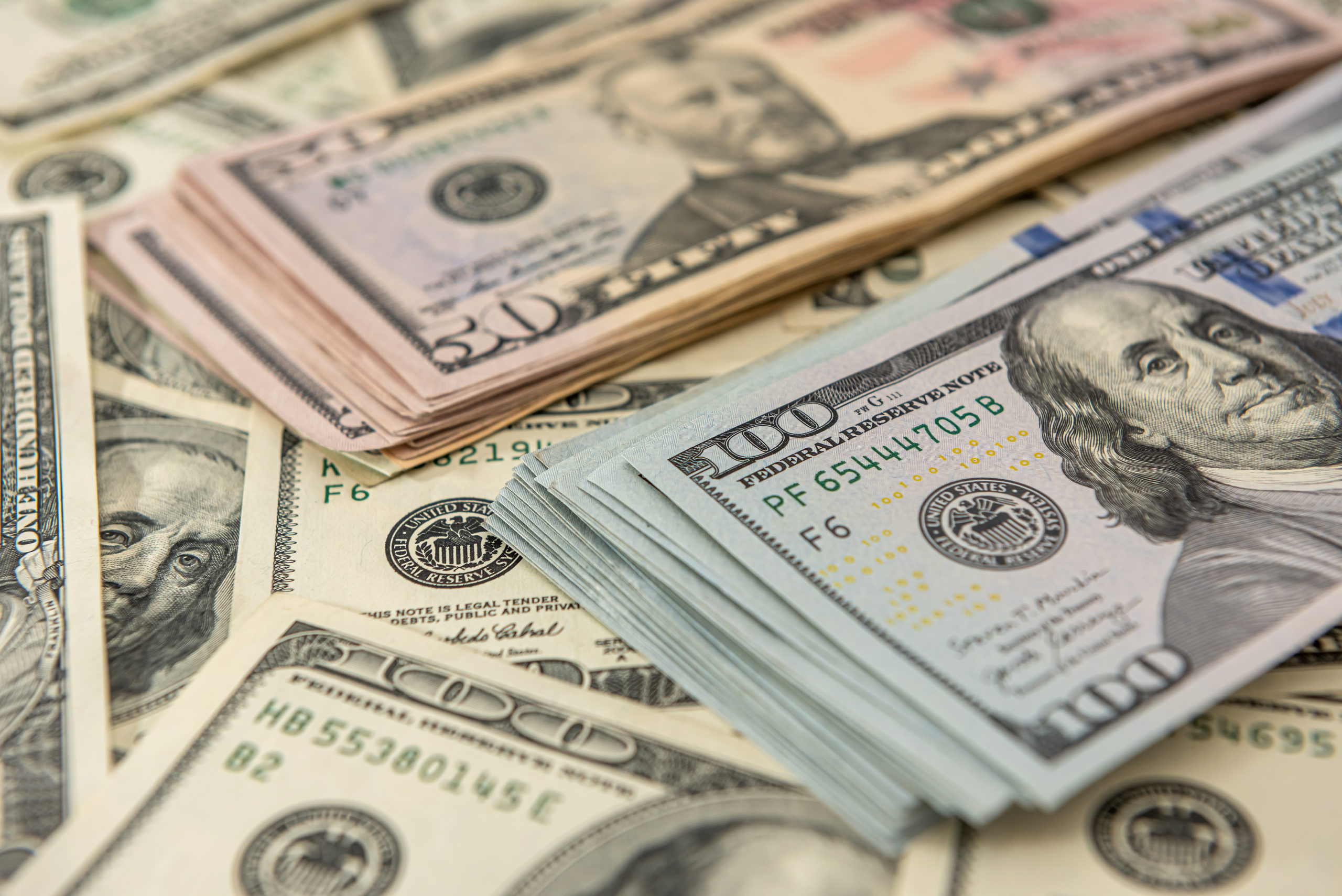The US dollar has sharply risen in the past year and has hit decadal highs against the euro, the British pound, and the Japanese yen. While the dollar appreciation is likely to continue, Charles Schwab sees a slower rise in the greenback due to slowing US economic growth.
The investment management firm says that a trifecta of factors supports the dollar — a strong US economy, a hawkish US Federal Reserve and safe-haven buying — all of which are likely to remain intact into 2023. US nominal GDP stood at 15.6% higher during the quarter ended March 30 compared to the third quarter of 2019, much higher than the Eurozone’s 8.3% growth, and Japan’s 3.6% rise.
Charles Schwab says interest rate differentials have added to the dollar’s appeal and any further rate hikes will further support his trend. It adds that a hawkish Fed is negative for emerging markets, and EM bonds have given negative returns over the past year.
Additionally, there is no alternative to the US dollar, and the demand for the greenback will remain strong. “A strong dollar helps hold down domestic inflation, by lowering the cost of imported goods,” writes Kathy Jones, Chief Fixed Income Strategist at Charles Schwab. The asset manager expects dollar strength likely to persist into next year.
Rate hikes will support dollar appreciation
The US dollar appreciation hastened due to Covid in Europe and fears of a complete economic shutdown. As global economies started recovering, the sentiment towards the US dollar turned increasingly positive and is likely to stay so as the Federal Reserve hikes interest rates, writes Schroders in a report.
The investment management firm says the rise in US real interest rates has been a key factor supporting the dollar, which has fully reversed its losses since its peak in March 2020. While the real yield on five-year US government debt is slightly negative, the broad USD index has appreciated more than 13% in the past year.
“The US dollar appears to be expensive on most measures, whereas sterling and the euro look somewhat cheap,” writes Pritosh Ranjan, Investment Director at Schroders. The asset manager says that the current dynamics support the strength of the dollar will remain in play for some time.
However, Schroders says the outlook could turn if there is a negotiation between Russia and Ukraine and if US growth is weaker than expected.
US macroeconomic data and dollar appreciation
The second half of 2022 started with a strong US payroll report and rising inflation, which will provide the Federal Reserve more space to hike rates. Prudential Investment Management in a post says that the dollar has had a negative correlation with commodity prices, which has flipped after the Covid-stimulus and the Russian invasion of Ukraine.
The investment management firm says that tight commodity markets would keep prices elevated even with strength in the dollar, while weaker demand from China and Europe may push the relationship between dollar and commodity prices towards its historical trend.
A strong dollar is proving challenging for the European Central Bank, which is dealing with high inflation and weakness in Germany’s manufacturing sector due to a dearth of Russian gas. “This scenario may translate into a projected euro area GDP contraction of about 5 percentage points from Q4 2019 levels, i.e. a contraction of about 1% in 2022 GDP growth,” writes Pradeep Kumar, CFA, PGIM.
The asset manager sees the euro weakening further if the ECB fails to tackle the looming economic risks. PGIM says that ‘significant overshoots in reserve currencies are often addressed with explicit or implicit interventions.’
PGIM also explores the impact of a strong dollar on emerging markets and currencies and sees similarities with the Euro in terms of feedback loop. If dollar strength renews the pressure on commodity prices, the currencies of EM commodity exporters will likely depreciate as well, placing additional pressure on the respective central banks to tighten policy,” writes PGIM.
Read more

Columbia Threadneedle Investments
What’s next for the US in 2025?
US equities remain attractive despite high valuations, but rising government debt could pose a threat to bond markets.

Quant Investing
AI and quantitative investing
Artificial intelligence applications go way beyond stock selection.

Schroders
Looking ahead: 30-year return forecasts
Higher returns are expected across asset classes, driven by stronger productivity growth for equities and elevated long-term central bank rate projections for bonds.

Bellevue Asset Management
Demographics and AI drive MedTech stocks
MedTech investment case: What makes it attractive, which trends stand out?





















